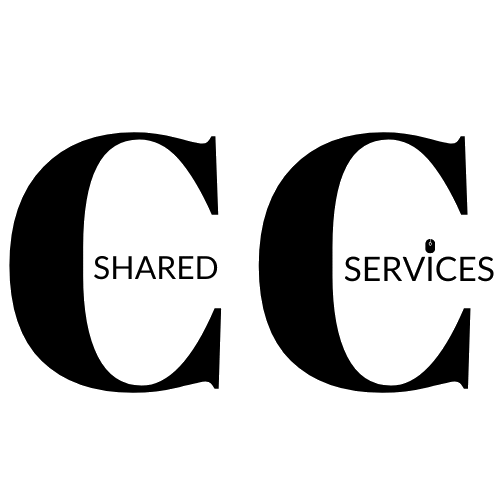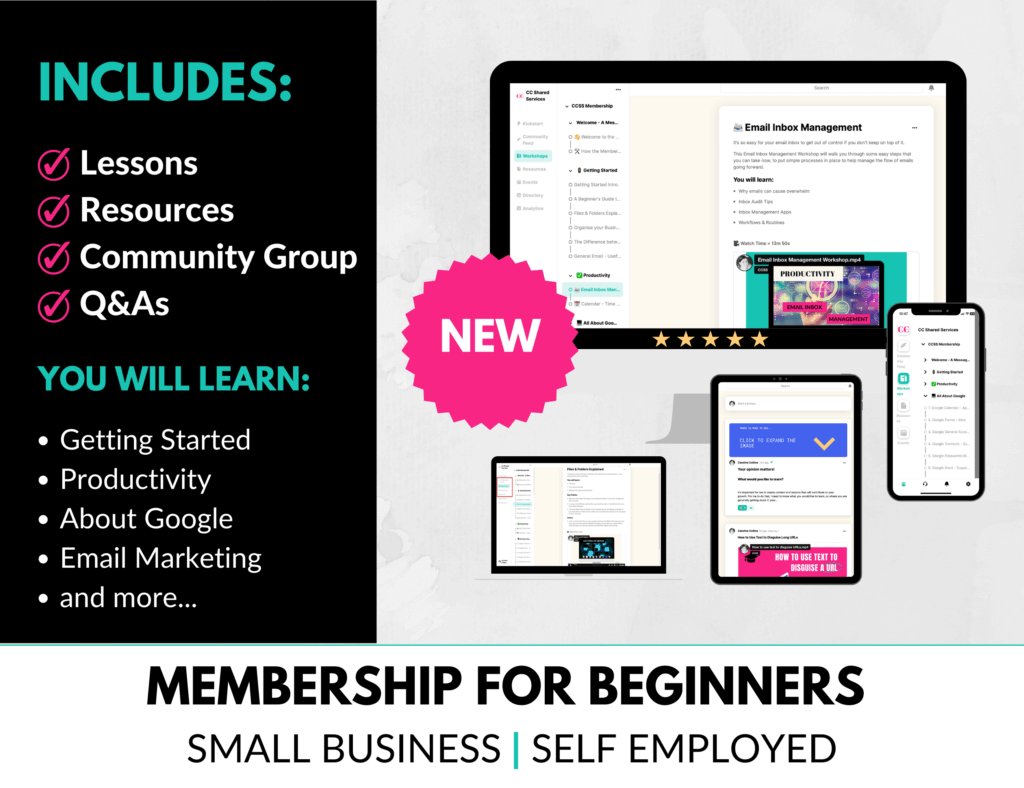When are you planning to work on your business?
Most business owners are not on a fixed 9 – 5 schedule but it’s still important to structure your days so that you know where you should focus your attention when planning for your business.
We all have our preferences when it comes to planning – if you are one of those people who like to get ideas and then tweak them to suit your own working style then read on for suggestions.
In my opinion, it doesn’t really matter if you prefer to use hardcopy planners, wall planners, or an online calendar. I think it makes sense to use whatever you will work with and refer to often.
The suggestions below can be used by anyone, at any time throughout the year. However, this will be most effective if you do this at the beginning of each year and include some planning time every quarter, month, and week to go through the planning process.
The idea behind the planning sessions is to ensure you stay focussed and disciplined in your business, to support you with meeting your goals and obligations.
The best way to start, is to work backward.
This might appear counterintuitive but if you look at what you hope to achieve in your business first and then evaluate the time you have available, you can create a plan that will ensure you have the best possible chance to succeed.
Review the suggestions below and consider how you might use these strategies for your business.
Future Planning
Looking at the year ahead, what is coming up in both your personal life and your business (you will want to include any big personal events that will affect your business planning e.g. holidays, weddings, etc. this is to make sure you don’t double book yourself.
Doing this ensures that you give yourself enough time to prepare in advance and to catch up after the event has taken place but more importantly, it ensures you can enjoy your downtime without worrying about your business.
The best way to do this is to sit down with your calendar either hardcopy or online and plot the important non-negotiable dates throughout the year that you absolutely need to plan for and mark yourself as unavailable in your calendar.
I mentioned personal events but also if you have any business events such as conferences, workshops, events, training, make sure you include those too.
💡 Tip: Colour code or highlight your personal events using one colour so that you can easily identify them when you glance at your calendar.
Quarterly Planning
Now that you have the important events for the year marked out on your calendar, you can move on to quarterly planning.
Start planning in 3-month chunks, this helps it to feel less overwhelming and more doable than having it written somewhere on a To-Do list with no due dates.
Just as you did for your annual planning, add the important dates, or events, that you know are coming up in Q1 – this could include things like:
- Travel plans/Conferences (business or personal)
- Training engagements
- School holidays (if you know you will have less time to be available for your business)
- Taxes (we all know these take time).
Assuming you have set some goals for your business, I suggest you create Projects to accomplish these goals. Doing this prevents you from overloading yourself and ensures you dedicate enough time to work on each of your goals.
Goal 1 can be the first project you work on and suggest you allocate Quarter 1 to complete this.
Depending on the size of the goal, break it down into milestones, just as you would any other project. Set due dates, phases, allocate time to work on them and don’t forget to mark the progress as you move towards completion.
Repeat this step for Project 2 – Q2, Project 3 – Q3 & Project 4 – Q4. You know that every year you can allocate 4 goals to your schedule and give yourself enough time to complete them. It’s a good idea to start with 4 goals per year until you get used to the planning process then you can add more the following year.
Monthly Planning
Ideally, if you can take a few hours at the end of every month to focus and plan for the month ahead, you will save yourself a lot of time because you know what’s coming up and you can get straight to work.
Is there anything from the previous month that you didn’t get around to? Make sure this doesn’t get lost during the transition, add it to your calendar for the month ahead.
Go through your calendar, do you have any of those prefilled important dates (that you identified in your annual planning session) coming up this month? If so, you know you need to allocate some of your attention in preparation for this.
Map out your priorities and any 1:1 appointments/meetings for the month ahead.
Allocate time to focus on the quarterly project and get through some of those tasks in order to bring you closer to achieving the goal.
💡 Tip: Make sure you carve out some time for yourself in the month ahead too.
Weekly Planning
Ideally, you should look to set aside at least an hour per week on a specific day, to plan your time for the week ahead. By doing this, you are setting yourself up for success because you are starting a new week knowing exactly what time you have allocated for the tasks you need to focus on.
You already know the priorities and any 1:1 appointments/meetings you have coming up because you have included them during your monthly planning.
The aim of the weekly planning is to ensure you are prepared for these by allocating time slots in your calendar. This is also known as ‘Time Blocking’.
Assigning Themes to your days works well, I do this to make sure I am covering all of the bases of my business, so I allocate 2 hours per day from 10-12 and each day has a different theme e.g. Mon – Social Media, Tues – Content, Weds – Finance etc.
Do you need to create or print handouts for your presentation? Or prep for your meetings?
The weekly planning should ensure you allocate the time in your schedule needed to create these. Do you need time to do your bookkeeping for payments you received last week? Social Media planning?
The actual nuts and bolts of the tasks should be listed in a Task Manager, not in your calendar. Your calendar is for assigning time slots, to ensure you can complete these tasks.
💡 Tip: Leave some room for flexibility, as you never know what might come up during the week ahead.
Daily Planning
There really shouldn’t be too much planning involved here because you will have already included your appointment slots for the week ahead.
Run your eyes over your daily schedule to make sure you know where you need to be, or what you need to do.
Your daily schedule should consist of completing your Top 3 priority tasks and making sure you are checking them off as you do them. If you get the top 3 done, fantastic – move on to number 4, or better still, celebrate your success by rewarding yourself for a job well done.
I hope you can see that by planning your time and assigning time slots in your calendar for certain tasks you will become more focused and productive. Less time will be spent wondering what it is you have to do on any given day.
If you like a printable, I have created done-for-you Planner Printable Sheets for my template shop, click on the button below to have a look 👀





